Guide to selling on China cross-border e-commerce platform: Kaola

China’s e-commerce industry is booming and showing no signs of slowing down, with B2C and C2C sales in China reaching $1.05 trillion and $595 billion, respectively, in 2018. Expected to surpass US retail spending by 2022, China’s e-commerce market is undoubtedly one of the hottest emerging markets. Interestingly, there is a huge demand for foreign goods in China, mainly from Chinese tourists who go abroad and purchase the same products they would have bought while on vacation in their home country. If you are curious about how to sell on Chinese e-commerce platforms (like how to sell on Kaola), this blog post is just what you need. This article will be looking at Kaola, one of the most popular C2C cross-border platforms in China, accounting for around 20% of all cross-border imports via Alibaba.
What is Kaola?
In 2015, Kaola.com, a cross-border import retail e-commerce platform selling “western” brands, was launched by Nasdaq-listed NetEase, one of China’s leading Internet and online game service providers. Kaola.com is China’s second-largest cross-border import retail e-commerce platform, right after Tmall Global.
Cost-Effective Agency
KPI and Results focused. We are the most visible Marketing Agency for China. Not because of huge spending but because of our SMART Strategies. Let us help you with: E-Commerce, Search Engine Optimization, Advertising, Weibo, WeChat, WeChat Store & PR.
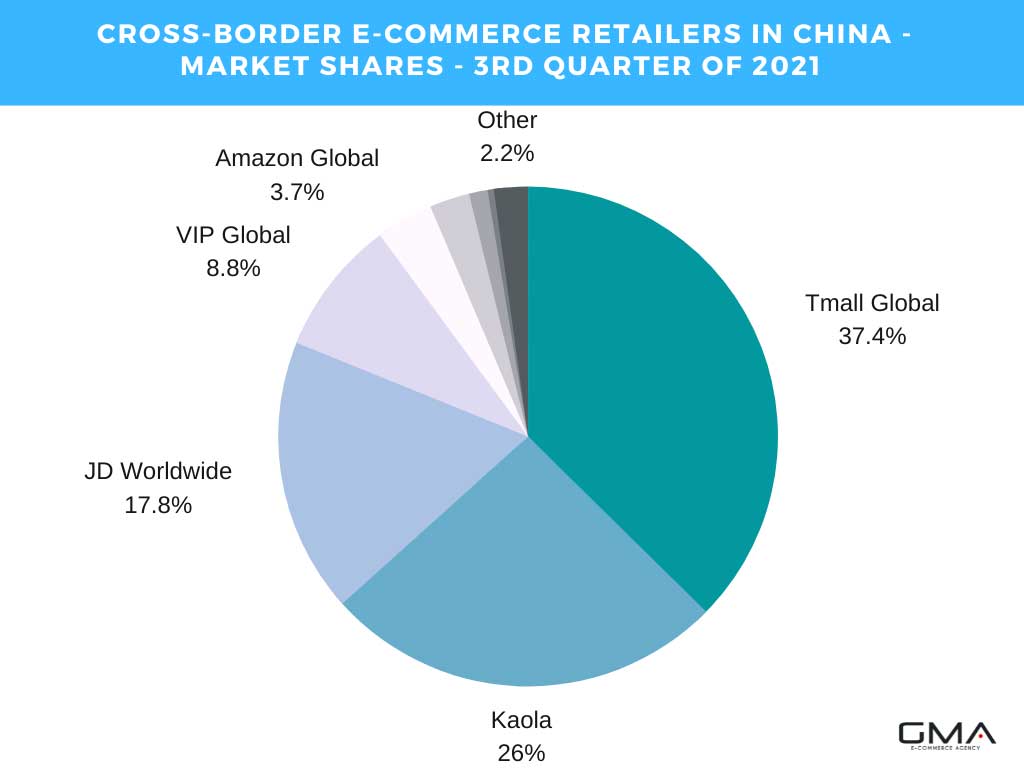
It was decided on Kaola, which is derived from the word koala because NetEase wants its online users to be “lazy and comfortable,” just like the marsupial. Kaola offers a large selection of products in baby and maternal care, healthcare, beauty, and cosmetics, all of which are delivered quickly. The company also hopes to provide users with a “better life at a lower cost” due to its low prices. At the moment, NetEase Kaola’s products’ cost-effectiveness distinguishes the company from its competitors.
The acquisition of Kaola by Alibaba Group, which also owns Tmall, was announced in September of this year for US$2 billion. This explains why Tmall and Kaola are closely linked when there is a significant commercial event.
What Kind of Store Types Does Kaola.com Have?
If you want to sell something on Kaola, you have two options. Let’s take a look at each of the alternatives:
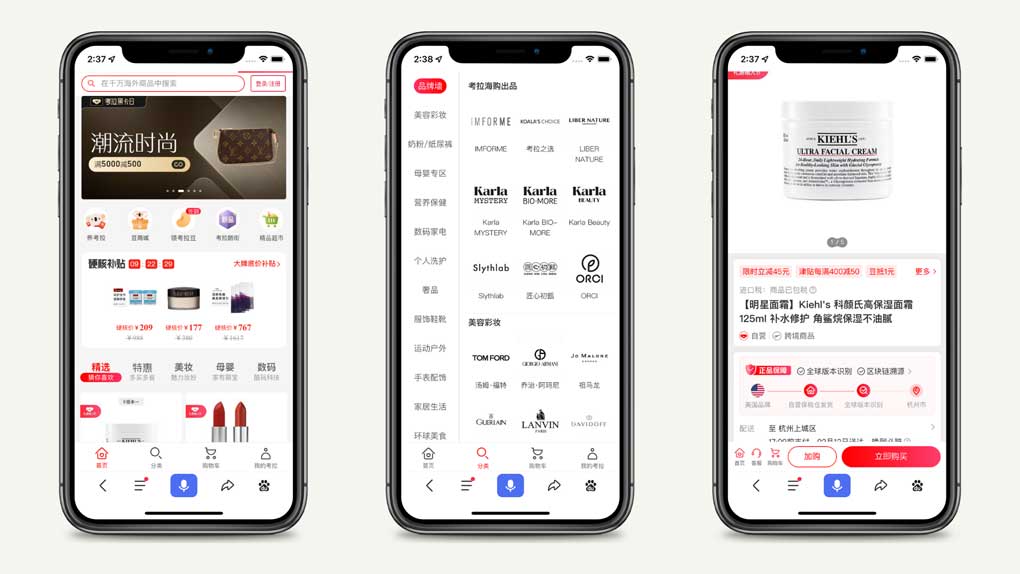
Sourcing Cooperation (Direct Procurement From Kaola)
Kaola offers procurement of customized products, where you can work with one of their suppliers to get exactly what you are looking for. Kaola will take care of the order process and delivery. You won’t need to deal with all the hassles of the importation process yourself.
3rd Party Store (PoP Store or Flagship Store)
This is your standard online store, where you will have complete independence. You can choose your suppliers and products to sell on the platform, and the entire order process is taken care of by Kaola.
On Kaola, brands can operate their POP or Flagship store and sell directly to consumers during this period. This is typically only available to very well-known brands who have been hand-picked by Kaola to receive this treatment.
For more information on whether or not you are eligible for this option, you can register your interest by visiting the merchant registration page and selecting “Cross-border trade” from the “POP merchant” drop-down menu.
Once you’ve registered for a business account, you’ll need to provide the same information as listed above, in addition to additional documentation, such as financial reports and operational information about your company.
How To Set Up a Kaola Merchant Account

Sourcing Cooperation (Direct Procurement From Kaola)
Kaola uses the direct procurement route, which purchases products directly from manufacturers. Kaola then takes care of the logistics on its own, using Cainiao, which is Alibaba’s global logistics service provider. If you choose this model, you will be hired as a Kaola supplier.
Register for this on Kaola’s merchant registration page by selecting “Join now” under “Proprietary supplier” and filling out the form that appears.
After that, you’ll be prompted to create an account using either your mobile phone number or your e-mail address. You’ll be able to submit your application once you’ve completed the process.
First, you must have legitimate corporate entities, valid brand authorizations, a positive brand reputation, and the ability to conduct business.
To apply, follow these four steps:
Step 1: Online submission of an application is required.
If you are applying for Kaola, you should include the following information:
- Product category
- Company name
- Introduction about company
- Company website
- Brand name
- Introduction about brand
- Brand website
- Business model
- Major clients
- Online store website
- Annual sales (online & offline)
- Contact person
- Telephone
Step 2: Wait for Kaola to get in touch with you.
A Kaola staff member will contact you after your application has been approved, either by phone or e-mail, to understand more about your company.
Step 3: You will receive an offer letter.
You’ll then receive an offer letter from Kaola, which you can either accept or decline. If you get it, the account will be activated immediately, and you’ll begin working as a supplier on the platform.
Step 4: Take on the role of a partner.
You will be considered a Kaola partner who contributes to the site’s branding and marketing. You will be granted access to various resources, including a help desk system for all your inquiries (with an emphasis on quality), website traffic tracking, performance benchmarking, reports on product trends and category characteristics, customer details, etc.
How Much Does It Cost to Sell On Kaola?
There are three costs that you should be aware of:
- Deposit
Marketplaces retain the deposit to ensure that you can cover unforeseen expenses such as claims and other costs. The amount of money that can be deposited varies from one marketplace to the next, but generally between USD 10 to USD 15,000.
- Commissions
You’ll also have to pay a portion of your profits back to the marketplace as well. Product types vary in their commission percentages, ranging from 2.0 to 10.0 percent.
- Annual Fee
You must pay a yearly membership fee of USD 1,000 to become a member.
What Type of Brand Should You Sell on Kaola?
The following product categories are the most popular on the Kaola marketplace:
- Infant and Mom
- Food and Snacks
- Health and Wellness
- Beauty and Cosmetics
- Home
- Clothing
- Electronics
- Sports & Outdoors
Kaola works with more than 5,000 brands from more than 80 different countries, including Nescafé, Evian, Philips, Costco, and LG, among many others.
The Benefits of Selling on Kaola
The platform is one of the largest online marketplaces in China, with access to an ever-expanding number of customers. Kaola’s brand awareness features help increase brand recognition and build consumer loyalty. The site receives over 50 million visits per month, making it ideal for your products.
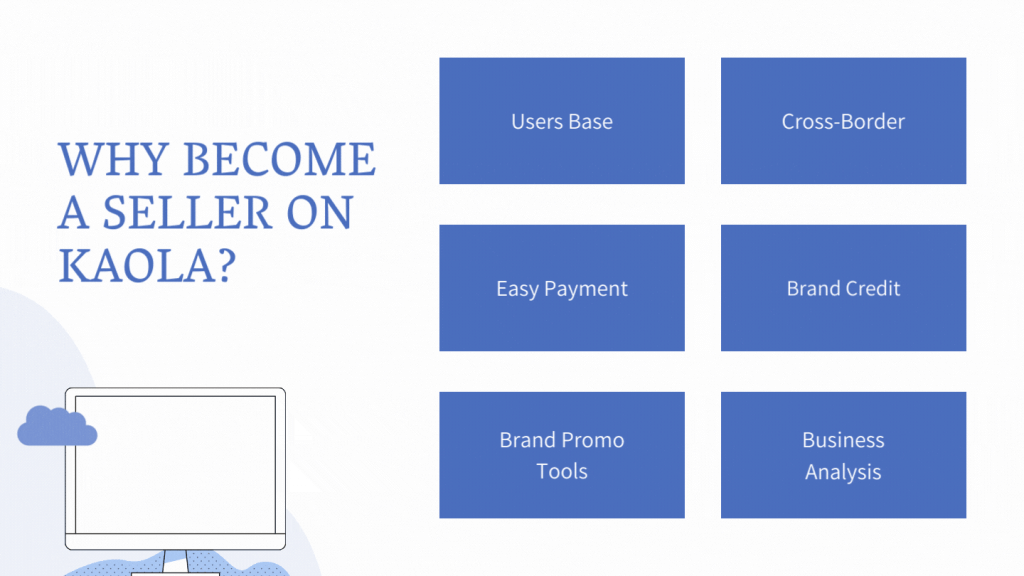
Kaola receives shipments from hundreds of merchants every day, meaning that your product is more likely to be included in deliveries and shipped out quickly. On average, orders take three days to process, compared to the industry standard of eight days.
Assistance With Logistics and Warehousing
Kaola manages customer service and shipping arrangements so don’t have to worry about a thing. That leaves you more time to focus on your store.
You can quickly grow your business by leveraging Kaola’s existing traffic and marketing resources, and gaining access to tools such as dynamic retargeting for increased visibility on the site. Kaola also regularly runs sweepstakes and promotions so that you can offer special deals on your store while drawing new customers in with their advertisements.
As a one-stop shop, Kaola takes care of the entire process for you. They provide assistance with warehousing and logistics, store your inventory, and use advanced technology to process transactions securely—even fulfill orders. You can focus on marketing your products while Kaola handles everything else.
Marketing Your Products on Kaola
Kaola offers a wide range of services to help you increase your sales. They leverage their advanced data platform, which they use to track customer behavior, prioritize relevant results, and personalize search results. With Kaola’s marketing tools, you’ll be able to recognize who is shopping on the site and how they are using it.
Kaola provides access to dynamic retargeting so that you can reach out to customers who have viewed your products but haven’t bought anything yet. This e-commerce marketing solution is one of the most effective ways to increase sales over time by creating personalized ads for individual users.
They also offer display ads and product listing ads to help you get your brand in front of potential customers by showing your ads across the site.
By publishing cross-sells and upsells on products, you can show customers complementary items that they might be interested in purchasing with their current purchase. This tactic has proven to yield an 18% increase in average order value.
They also offer conversion rate optimization advice so that you can create effective ads to get potential customers to convert into actual customers.
Selling on Kaola: Our Conclusion
Is Kaola for you? Your particular e-commerce business model will ultimately determine if Kaola is the right option for you. As an online marketplace with incredible growth, accepting a variety of international brands and manufacturers, and its unique selling platform, Kaola is a worthwhile contender. Aimed at those interested in expanding their global e-commerce business access to China, Kaola can be a convenient choice.
Want to start selling in China?
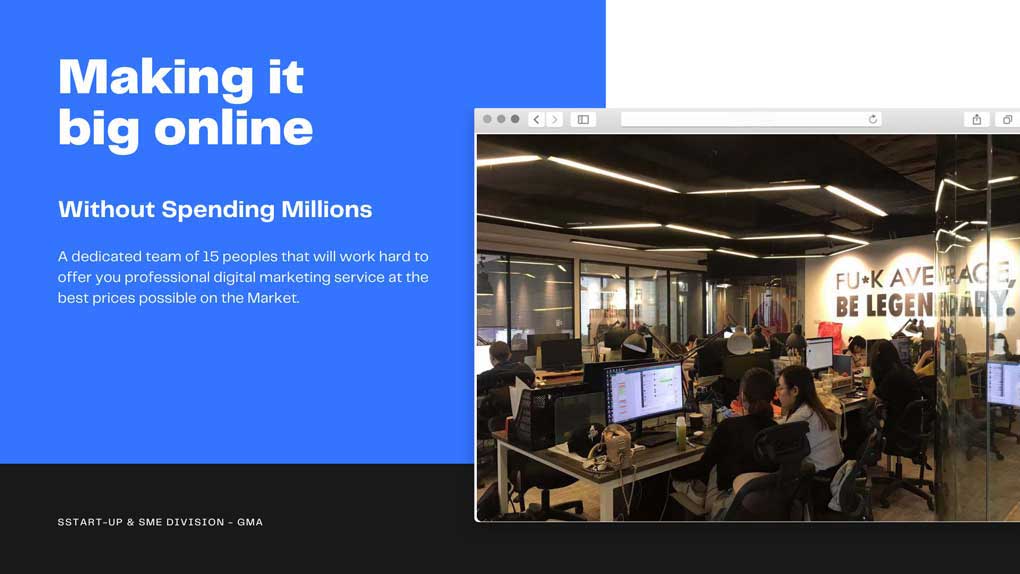
Contact us, we have e-commerce solutions that work for the Chinese Market

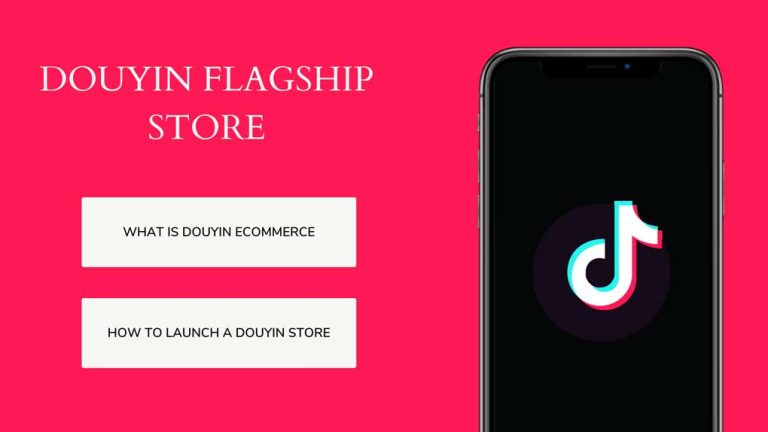



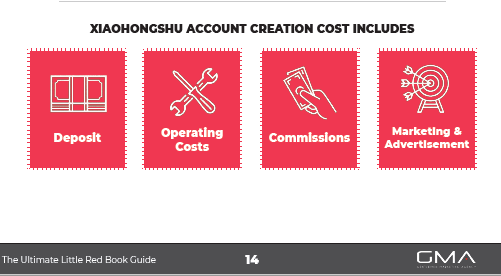
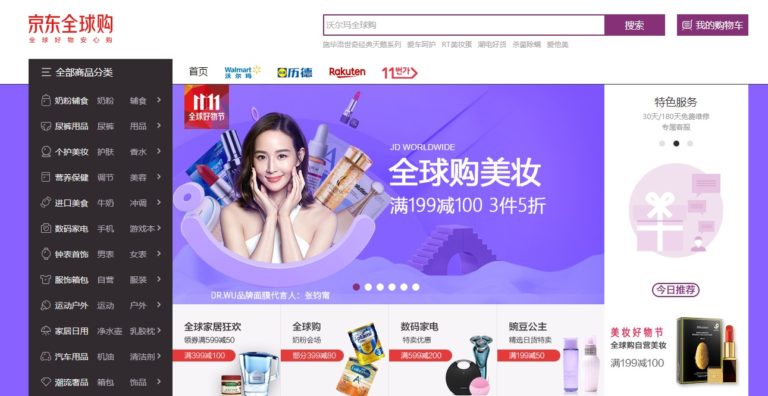
Thanks for Such a detailed and well researched post on cross border ecommerce.
Cheers
Manish Gupta
CEO
Hi Manish;
Glad you liked it 😉